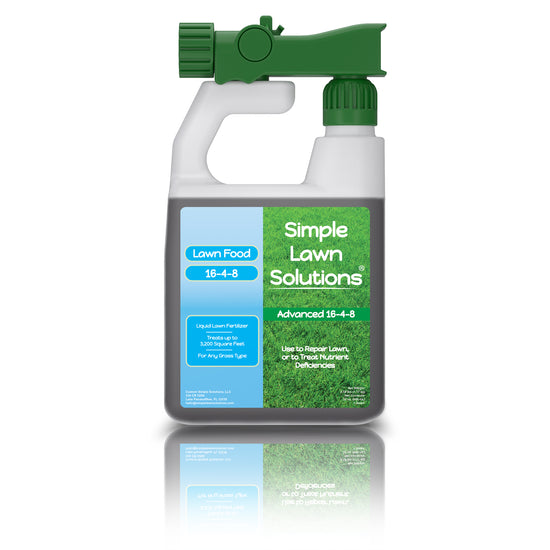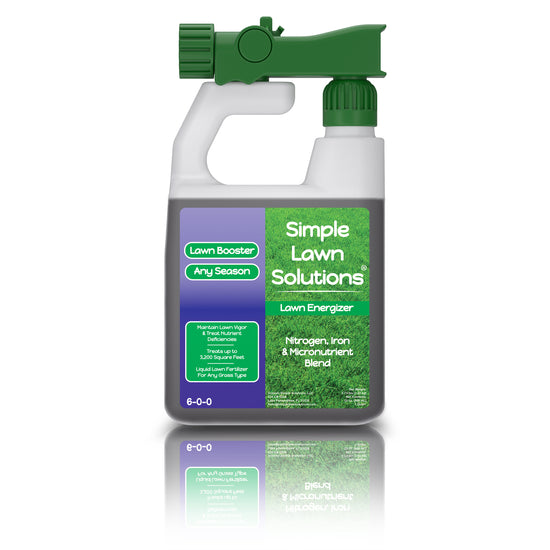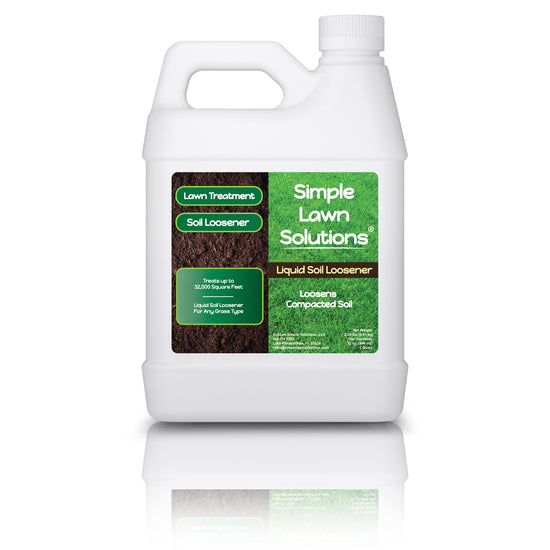Seeding your lawn is a precise science that can be performed improperly and halt the desired success because of many factors. Seeding rate recommendations should be followed, as the initial care is paramount. Watering, fertilization, and rate are the key factors when applying seed.
Why is Seed Rate So Important?
Knowing the growth habits of the seed before seeding is essential, as this can predict whether the result will be uniform across the surface. Grass plants emerge from seeds, and the method by which they spread is critical to know. Rhizomes and stolons in some plants, like Bermudagrass, require a lower seeding rate because of their growth process. Kentucky bluegrass is a rhizomatic plant that produces offshoots to spread growth. The size of the seed matters because a smaller seed requires less poundage to be applied, while a larger seed requires a higher rate.
Seeding rates that are too high and outside the recommended rate can cause several issues with plant growth. High seeding rates slow the maturity of the grass, increase disease pressures, reduce individual plant size and rooting, and increase the seed cost. Additionally, the nutritional needs of the seed are not met when too many seeds exist in an area. So, more is not better in this case.

Creeping Bentgrass
Creeping bentgrass is not recommended for home lawns but rather for golf course putting greens. Although it can be grown in high-profile lawn settings, it requires a very intense maintenance routine and must be closely monitored. Creeping bentgrass contains 5 - 8 million seeds per pound, and the seeding rate is ½ lb - 1.5 lbs per 1000 square feet.
Kentucky Bluegrass
Kentucky bluegrass can contain up to 2.2 million seeds per pound. The recommended seeding rate is 1-2 lbs. per 1000 square feet. It has a slow germination rate, taking 10-21 days to emerge from the seed. Patience and proper management during this period are crucial for the overall success of the turf plant. Water management and temperature are two crucial factors during this time frame. As the grass matures from seed, it will begin to spread by rhizomatic growth.
Rough Bluegrass
Rough bluegrass contains up to 2 million seeds per pound. The recommended seeding rate is 1 - 2 lbs per 1000 square feet. The most outstanding quality of rough bluegrass is its tolerance to shade, as it performs well. However, rough bluegrass is very intolerant to high temperatures combined with full UV ray exposure. Overseeding warm-season turfs on putting greens and sports fields is very popular because it provides good coverage during warm-season turfgrass dormancy and dies out rapidly once high temperatures arrive in mid to late spring. This allows warm-season grasses to initiate growth with less competition from the rough bluegrass once summer arrives.

Fine Fescues
Fine fescues, such as chewing, hard, and red fescues, can be seeded in many cultivars. The seed count per pound is between 350,000 and 600,000. The seeding rate for fine fescues is 3-5 lbs per 1000 square feet. Fine fescues perform well in shaded areas but are not tolerant to higher temperatures in full sun.
Tall Fescue
Tall fescue has larger seeds and 170,000 - 300,000 seeds per pound. It germinates rapidly and has a bunch-type growth. This type of grass is popular in a broad area due to its shade and drought tolerance. However, if not appropriately managed with nutritional needs and water management, tall fescue can enter a dormant stage when temperatures reach 90-plus degrees.
Perennial Ryegrass
Perennial ryegrass contains 250,000 seeds per pound and is recommended to be applied at 6 - 9 lbs per 1000 square feet. One of the most significant benefits of perennial ryegrass is its quick germination within 5 - 7 days. One of the most popular uses of perennial ryegrass is winter overseeding in warm-season grasses to maintain a green color throughout the winter months in sections in the United States. However, perennial ryegrass can be used as the dominant plant in home lawns with cooler temperatures during summer months. Although the wide range of adaptation is limited for summer lawns, it is suitable for particular areas.
Bermudagrass (seeded varieties)
The best way to establish bermudagrass is either by sod, sprigs, or plugs. However, some seeded varieties can produce high-quality turf if selected correctly. Such cultivars of the seeded variety for bermudagrass are Princess 77, Yukon, Arden 15, Sahara, and LaPrima. The seed count per pound can be up to 1.5 million. The seeding rate is between 1 - 2 pounds per 1000 square feet. Bermudagrass grown from seed is most challenging because of the tiny seed size, low seeding rate, slow germination, and watering requirements for germination. It can be a high-management turfgrass for germination and growth because a soil temperature of 65 degrees is required. This is the main reason for the more practical routine of sod installation for bermudagrass.
Zoysia
Zoysia grass contains 750,000 - 1.5 million seeds per pound. It is a warm-season grass that can grow from seed when applied at 1 - 3 lbs per 1000 square feet. However, it is very slow to grow from seed because specific temperatures, sunlight, and water applications are required. The amount of water required increases the risk of disease when combined with hot temperatures and high humidity.

Turfgrass Seeding Rates Chart
|
Turfgrass Species |
Seeds per Pound |
Seeding Rate <br>(lbs/1,000 ft²) |
Comments |
|
Creeping Bentgrass |
5–8 million |
0.5 – 1.5 |
Excellent seed; use an inert carrier for even distribution |
|
Colonial Bentgrass |
6–8.5 million |
0.5 – 1.5 |
Similar to creeping but less aggressive lateral spread |
|
Kentucky Bluegrass |
1 – 2.2 million |
1 – 2 |
Slow germination (10–21 days); rhizomatous fill-in |
|
Rough Bluegrass (P. trivialis) |
~2 million |
1 – 2 |
Shade-tolerant; short-lived in hot/dry climates |
|
Fine Fescues |
350,000 – 600,000 |
3 – 5 |
Includes chewings, hard and creeping red fescue |
|
Tall Fescue |
170,000 – 300,000 |
6 – 9 |
Larger seed; rapid germination; bunch-type growth |
|
Perennial Ryegrass |
~250,000 |
6 – 9 |
Quick germination (5–10 days); suitable for overseeding |
|
Bermudagrass (seeded) |
~1.5 million |
1 – 2 |
Warm season; best when soil temps >65°F |
|
Zoysiagrass (seeded) |
750,000 – 1.3 million |
1 – 3 |
Warm-season; slow establishment from seed |









